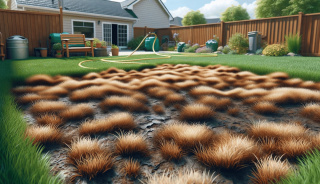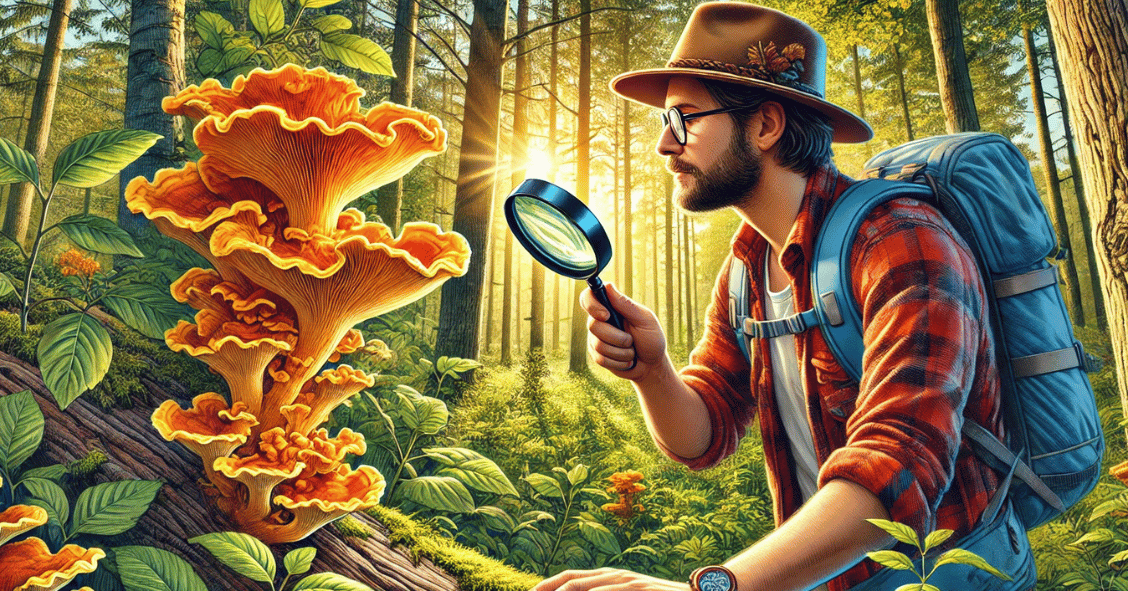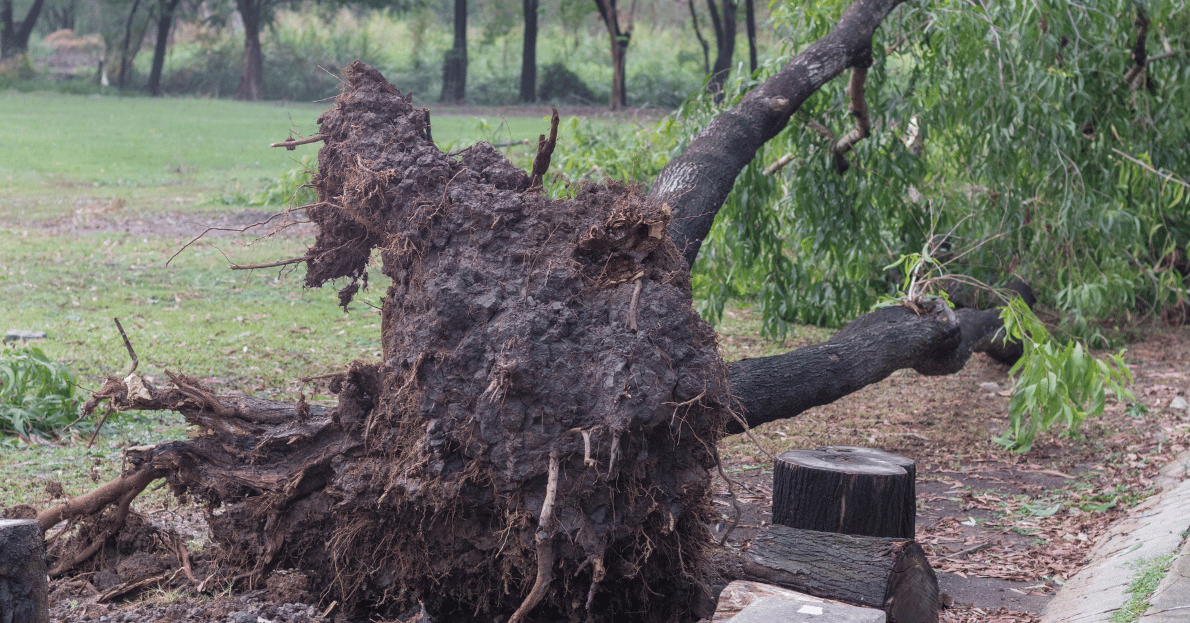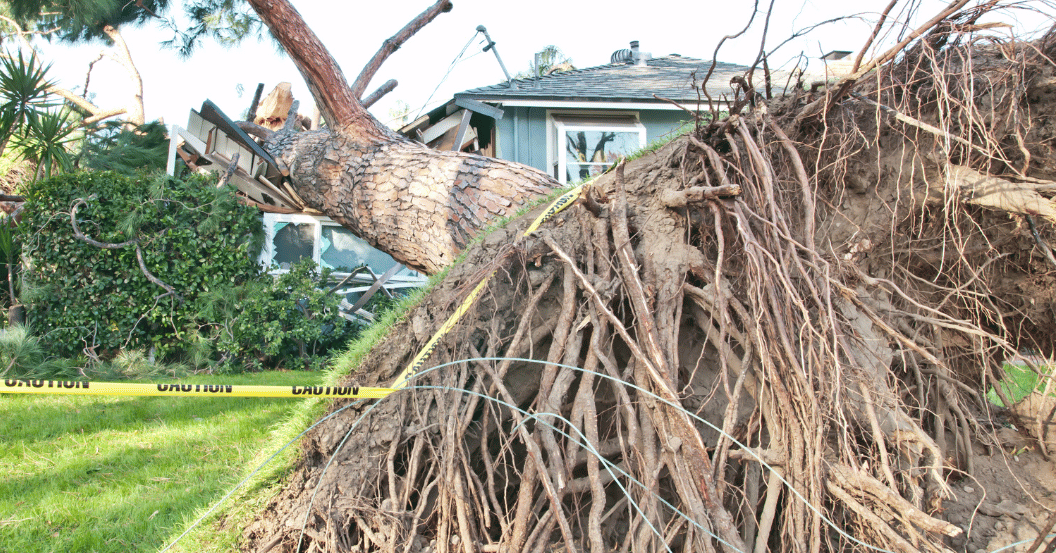Fertilizer burn is a common issue affecting lawns' health and appearance. It occurs when too much fertilizer is applied to the grass, causing the fertilizer's nitrogen or other chemicals to burn the grass's blades. This results in unsightly brown patches or yellowing that can damage your turf if not addressed.
How to Identify Fertilizer Burn
Identifying fertilizer burn is crucial to managing its impact on your lawn. The most obvious signs include:
- Discoloration: Grass affected by fertilizer burn typically turns yellow or brown.
- Pattern of damage: The damage often follows the pattern in which the fertilizer was applied, which might be more concentrated in areas where excess fertilizer was accidentally spread.
- Timing after application: Noticeable symptoms usually appear within a day or two after fertilizer application, mainly if the weather is warm and dry.
How to Fix Fertilizer Burn
If you suspect your lawn has suffered from fertilizer burn, immediate action can help mitigate the damage. Here’s a step-by-step guide:
Thoroughly Inspect Your Lawn
Start by inspecting the extent of the damage. Look for the areas most affected and assess the condition of the grass. Healthy, green patches may still exist around the burned areas.
Remove Damaged Grass and Leftover Fertilizer
Carefully remove the damaged grass to prevent further chemical imbalance in the soil. Also, remove any visible excess fertilizer from these areas to stop additional nutrients from continuing to burn the grassroots.
Water Your Lawn
Watering plays a critical role in recovering from fertilizer burn. Deep, thorough watering helps dilute the fertilizer concentration in the soil. Water daily in the early morning to ensure the soil remains moist but not waterlogged, which can further stress the grass.
Reseed, If Needed
If large lawn areas are severely damaged, reseeding may be necessary. Choose a grass seed matching the lawn type for uniform growth and appearance. Ensure the soil is well-prepared before sowing new seeds, and keep the soil moist until the new grass is established.
How to Prevent Fertilizer Burn
Preventing fertilizer burn is more effective than treating it. Here are some tips:
Read instructions carefully: Always follow the fertilizer package’s recommended application rates and methods.
- Use a spreader: For granular fertilizers, use a spreader to ensure even distribution.
- Apply under favorable conditions: Avoid applying fertilizer before a heat wave or when the lawn is stressed from drought.
- Regular soil testing: Conduct soil tests periodically to understand the nutrient needs of your lawn, preventing over-fertilization.
Contact Strobert Tree Services
At Strobert Tree Services, we understand the intricacies of lawn and tree care. Serving Delaware, Pennsylvania, and New Jersey, we provide expert advice and services for maintaining the health and beauty of your outdoor spaces. Whether it’s regular pruning or managing a specific issue like fertilizer burn, our team is equipped to ensure your lawn and trees remain in peak condition.
For more information on maintaining a healthy lawn or scheduling a consultation, contact Strobert Tree Services today. Let us help you keep your lawn lush and vibrant all season long.











